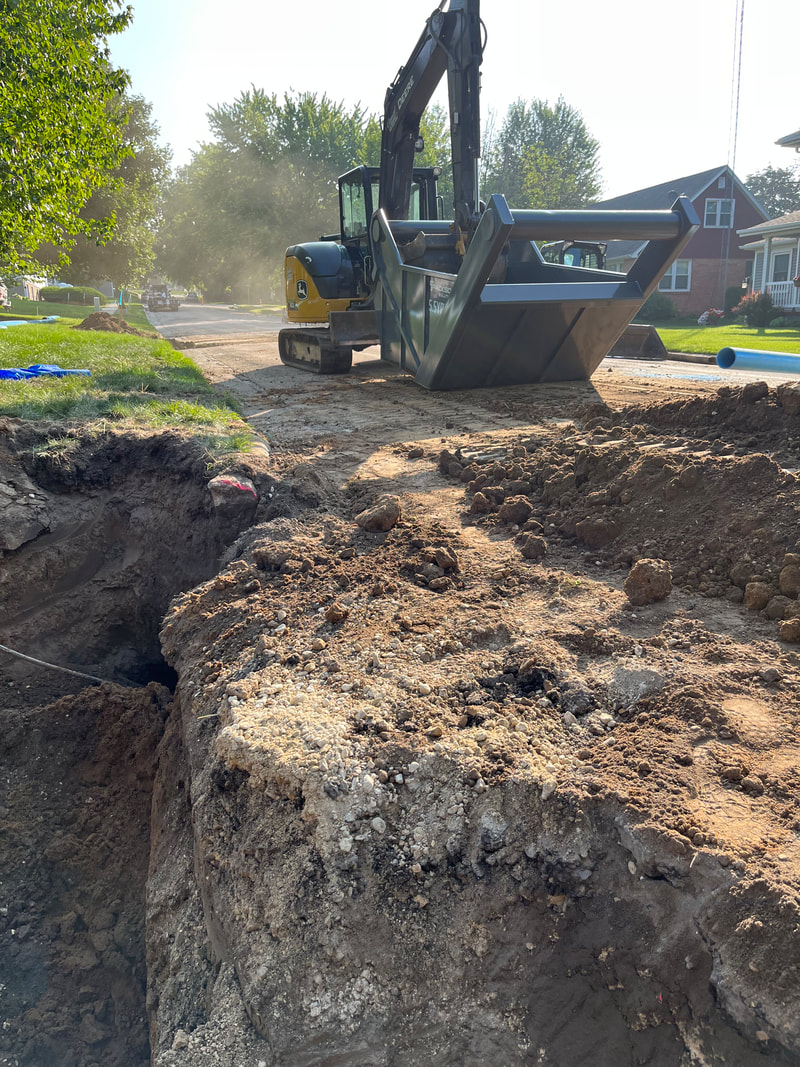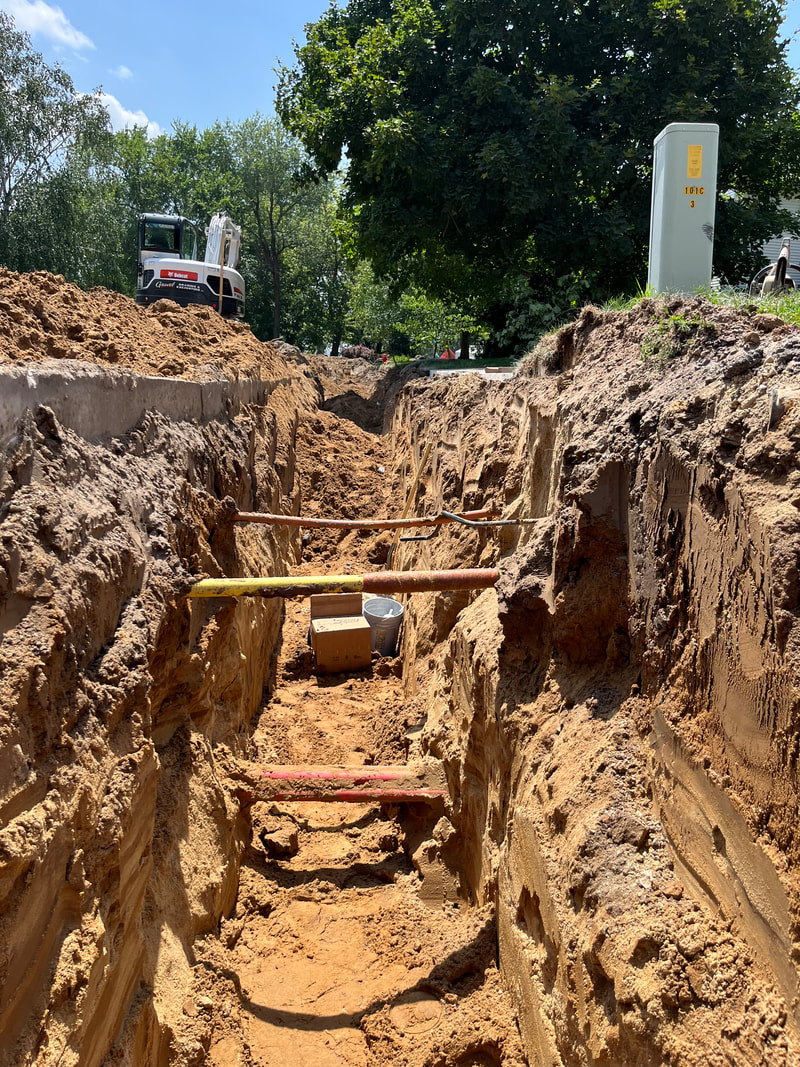|
When it comes to modern civilization, few things are as essential as a reliable water supply. We turn on our faucets with the expectation that clean, potable water will flow without a second thought. Yet, underground lies a complex network of water mains, the lines that make water delivery to our homes and businesses possible. Over time, these mains may deteriorate, prompting the need for replacement, which was exactly the case for our project this summer at 3rd Ave SE in Cascade. So what does a water main replacement process look like? 1. Assessment and Planning Before the first shovel hit the ground, engineers and city officials collaborated to evaluate the existing water main's condition and gauge its remaining lifespan. Factors like material degradation, corrosion, leaks, and capacity constraints all contributed to the decision to replace the water main. 2. Securing Permits and Stakeholder Communication The replacement of a water main is no small feat and can impact numerous people, including residents, businesses, and local authorities. Our crew worked closely with city officials to secure the necessary permits and ensure that the project adheres to zoning regulations and environmental guidelines. Effective communication with the community is also key in a project like this, as residents need to be informed of potential disruptions such as road closures, water service interruptions, and construction noise. 3. Clearing the Path Clearing the work area is the initial step, like we shared in yesterday's post. This involves excavating the surface above the existing water main to reveal the web of pipes and connections underground (pictured below). The main is shut down, and temporary water supply solutions are set up to ensure that the community's water needs are still met during the replacement process. The next stage involves removing the old pipes, which requires a delicate balance to avoid disrupting other utility lines and structures. 4. Installation: Piecing Together the Future The heart of the replacement process involves installing the new water main. Modern technology has revolutionized this step, allowing crews like ours to install advanced materials like durable plastic or corrosion-resistant metals. These materials offer longevity and minimize the need for future replacements. Contractors work meticulously to lay the new main according to the predetermined blueprints. We connect each section, ensuring watertight seals and proper alignment. 5. Testing and Quality Assurance: Ensuring Perfection With the new water main in place, a series of tests follows. Our crew inspects each joint, connection, and segment to ensure integrity. Pressure tests are conducted to evaluate the main's ability to handle the flow of water without leaks or bursts. 6. Restoration and Community Revival Once the water main replacement is deemed successful, the restoration phase begins. Our crew backfills the trenches, replacing soil and pavement. Roadways are repaved, sidewalks reconstructed, and landscaping revitalized (more to come on this tomorrow!) The process of replacing a water main is a blend of engineering, technology, community cooperation, and elbow grease. From the initial assessment to the final restoration, our crew works to ensure that clean and reliable water continues to flow through the community's taps.
Our thanks to the City of Cascade for having us in on this project, and all the people in the neighborhood for their cooperation!
0 Comments
Leave a Reply. |
hereYou'll find all the newest products and services recommended by Terry and Gravel Grading & Excavating. Categories
All
Archives
April 2024
|



 RSS Feed
RSS Feed
